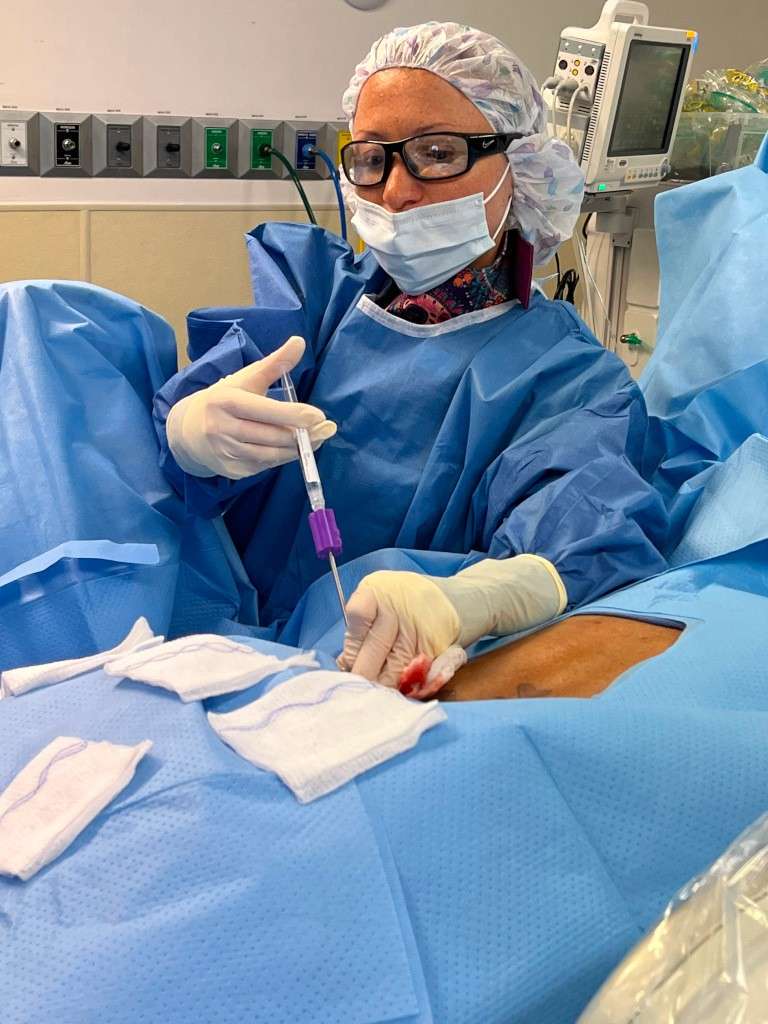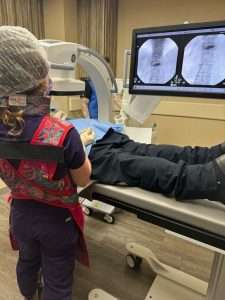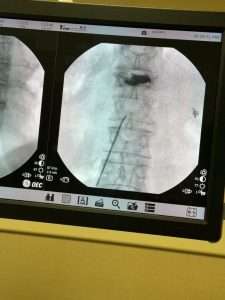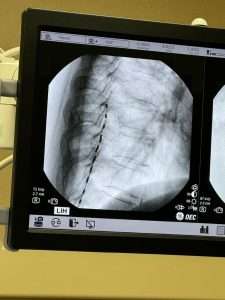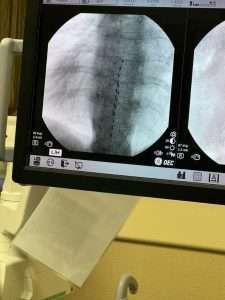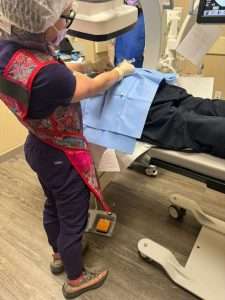Recovery After Spinal Cord Stimulator Procedure
If the device is implanted, complications may occur, including loss of pain relief, lead migration, allergy, and discomfort or pain from lead migration. In order to resolve these complications, the device can be reprogrammed, medically treated, corrected surgically, or removed altogether.
Recovery takes about four to eight weeks. It is recommended that you do light exercise during this time and avoid lifting heavy items, twisting, bending, climbing, stretching, and any movement that involves reaching over your head.
You can usually swim, travel, and resume your favorite activities after your recovery period with the approval of your doctor.
Spinal cord stimulators are covered by nearly all major insurance plans, including Medicare and Medicaid.
Contact Us Today!
Urgent Care for pain near you, providing urgent care for pain and sports injuries at our medical centers in NY and NJ. Book your complimentary consultation to address acute and chronic pain, injuries, and post-surgical concerns.
We are ready to discuss a range of treatment options, such as interventional procedures, minimally invasive pain techniques, neurostimulation, regenerative medicine therapy, PRP procedures for pain, spine injections, epidural steroid injections, nerve block injections, spinal cord stimulator, as well as the anti-inflammatory, immunomodulatory, and regenerative actions of a tissue-derived allograft.
Book your free consultation now at 973.954.4055 (NJ) or 718.682.3686 (NY). We work with chronic pain, sports injuries, back pain, shoulder pain, hip pain, knee pain, spinal cord injuries. Ask about regenerative treatments for your condition.

